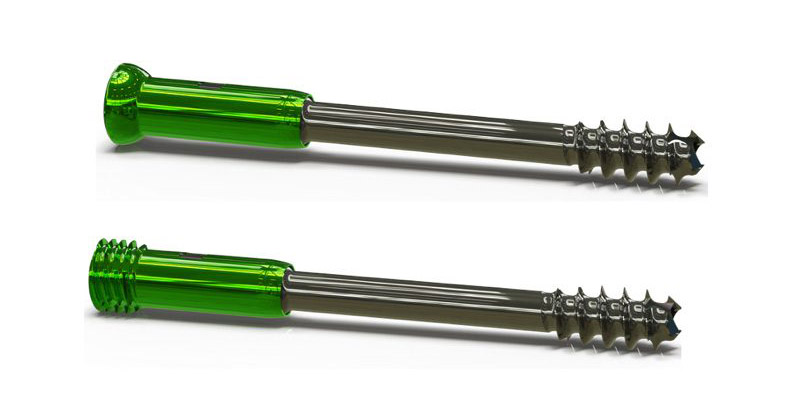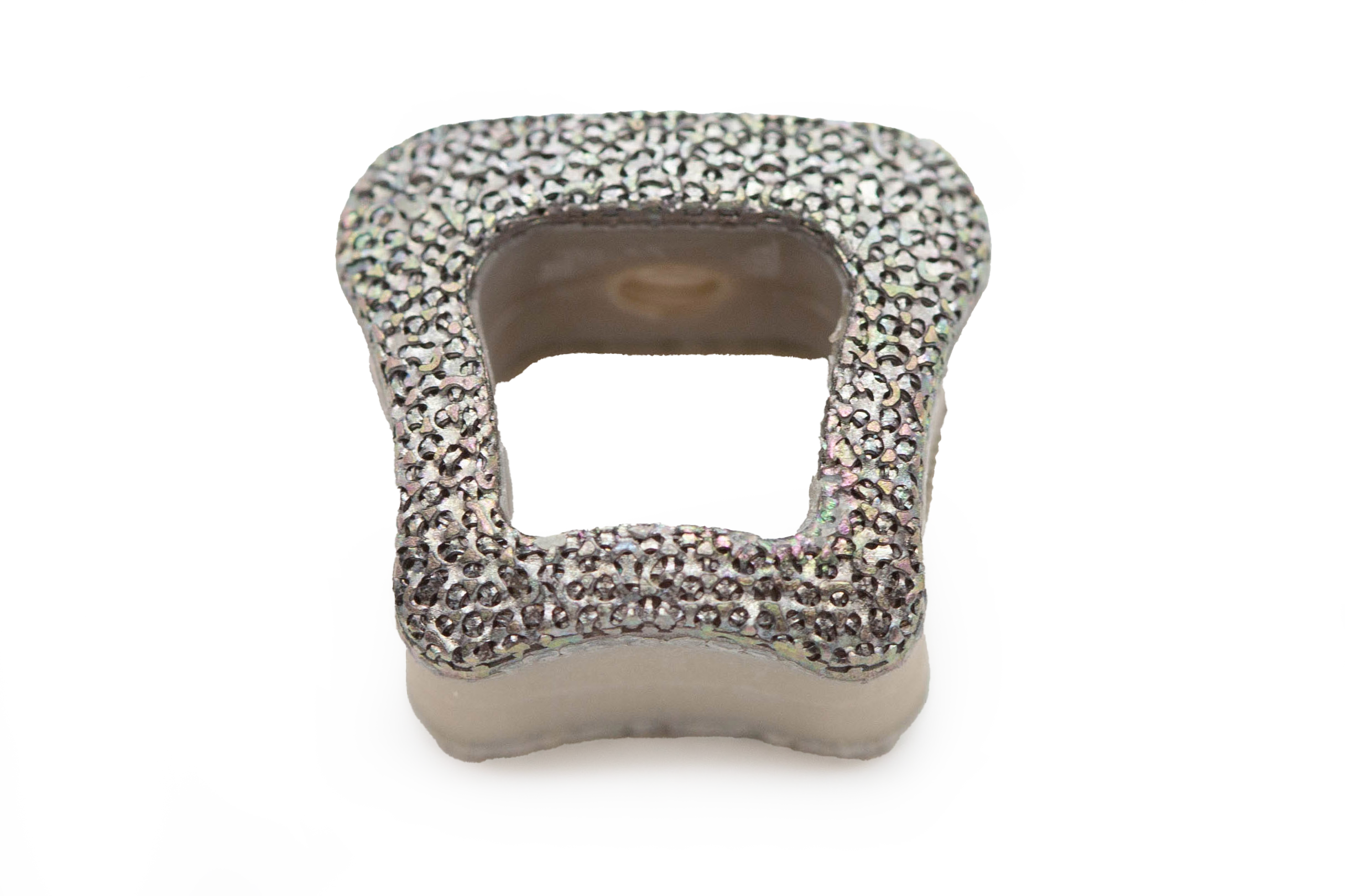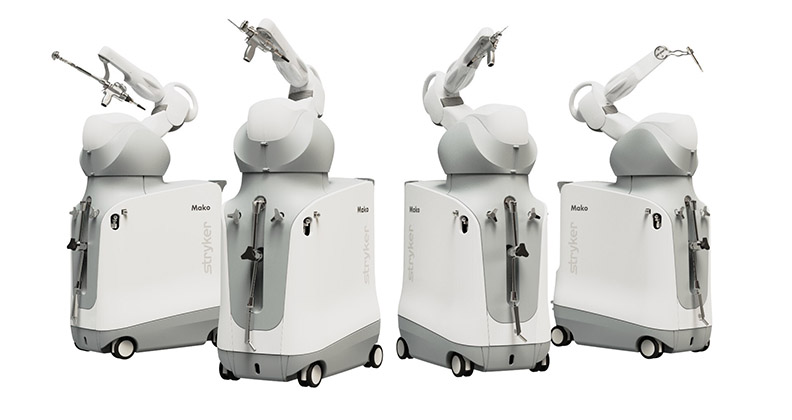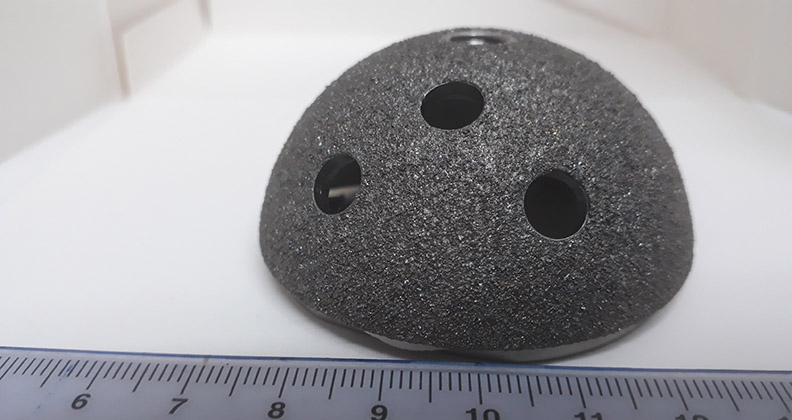
Postoperative infections caused by contaminated orthopedic implants remain a significant and unresolved issue. Implant-related infections are a serious complication that accounts for over half of the two million healthcare-associated infections that occur annually in the U.S. at a cost of over $27 billion dollars, according to biotech startup DeBogy Molecular.
“The osseointegration and stability of implants have been radically improved with the latest designs,” said spine surgeon Houssam Bouloussa, M.D., DeBogy’s Co-founder. “But infection is the unaddressed problem that has long frustrated orthopedic device makers. It’s the number one complication after joint replacement surgery.”
Infections stemming from orthopedic implants are especially problematic because of the difficulty in identifying root causes when they do occur. Did the surgical team follow proper infection prevention protocols before and during surgery? Were a patient’s comorbidities to blame?
Dr. Bouloussa believes complications caused by implant-related infection are only going to get worse if a solution isn’t developed that attacks the problem at the source: biofilm that forms on the surface of devices. “We’re targeting the treatment of all orthopedic implants that pose risks of infection,” he said.
DeBogy’s novel solution is an antimicrobial polymer coating that facilitates electrostatic disruption to selectively kill bioburden while sparing human cells, according to Dr. Bouloussa. Instead of relying on a current to power the electrostatic disruption, DeBogy’s coating uses a charged quaternary ammonium polymer to do the job.
“The polymer disrupts the cellular membranes of germs, bacteria, viruses and fungi, which is of interest because the worst infections in prosthetic joint infections are fungal. They’re extremely hard to treat,” Dr. Bouloussa said.
The coating’s basic functioning might sound simple, but its development was 15 years in the making.
Family Ties Pay Off
Dr. Bouloussa’s uncle, Othman Bouloussa, was one of the pioneers of surface chemistry as it relates to antimicrobials immobilized on device surfaces. “When I first designed this solution, my goal was to disrupt the market of antimicrobial coatings,” his uncle said.
“My uncle is the one who described the important parameters that must be tuned to achieve antimicrobial and biocompatible properties on implant surfaces because whatever happens at the surface is much more complicated than what happens in volume,” Dr. Bouloussa said. “We needed to select polymers that are known for being biocompatible because you can imagine that some polymers, when grafted on surfaces, will also kill human cells.”
Dr. Bouloussa began working with his uncle 10 years ago with the mission of applying their research toward preventing infections caused by orthopedic implants. They started by preventing biofilm on grafted titanium in vitro.
“Since then,” Dr. Bouloussa said, “we’ve demonstrated that the charged quaternary ammonium polymer works just as well in animals, which was a landmark finding for us. Most technologies fail to translate in vitro findings through in vivo testing.”
Biofilm develops when microorganisms cover the surface of a medical device and sustain and nurture the growth of microorganisms. Dr. Bouloussa explained that bioburden is negatively charged, and mammalian cells found in human cells are positively charged. When bacteria contact DeBogy’s antimicrobial coating, the electrostatic reaction disrupts the membranes of the microorganisms while leaving human cells intact.
A study co-authored by Dr. Bouloussa proved the effectiveness and safety of the coating in animal models. The research, published in the March 2023 issue of the Journal of Orthopedic Research, found a 99.9% reduction of bacterial biofilm on implants treated with DeBogy’s coating.
The researchers studied biofilm levels on treated implants that were placed in mice and the level of infection in surrounding tissue. Biofilm on the implants was reduced by 99.9%, and bacterial load in the surrounding tissue was reduced by 99.8% seven days following implantation. The surrounding tissue showed decreased levels of inflammation, fibrosis, vascularization and necrosis.
The bacterial reductions reported on the treated implants and in the surrounding tissue vastly outperformed conventional infection prevention treatments, according to Dr. Bouloussa.
“Implant-related infections are difficult to treat and devastating for patients,” said Matthew Grant, an Assistant Professor of Infectious Disease at Yale School of Medicine. “The results of the antimicrobial study show that an effective preventative measure for implant-related infections is on the horizon.”
Focused on Finding the Solution
Other research teams and companies that are working to solve postoperative infections in orthopedics are focused on various methods to eradicate pathogens at the source.
- Investigators at the University of Illinois Urbana-Champaign are developing proprietary technology inspired by the natural antibacterial construction of insect wings. They hope to make their technology available for clinical use in humans by 2029.
- The German firm Bio-Gate AG’s HyProtect antimicrobial coating contains an ultra-thin layer of polysiloxane and silver, which kills multidrug-resistant microorganisms on the surfaces of orthopedic implants. Bio-Gate has entered into a preliminary agreement with a North American manufacturer to use the coating on trauma implants after FDA review.
- Germany-based aap Implantate is conducting human clinical trials to secure a CE Mark for an antimicrobial silver coating that’s effective against methicillin-resistant Staphylococcus aureus (MRSA). The platform technology is intended for use in trauma and other orthopedic applications.
DeBogy has joined the movement. “We’re well positioned for an antimicrobial surface coating claim with FDA and hope to bring the technology to market within the next two years,” Dr. Bouloussa said. “Developing an infection-resistant orthopedic implant in the U.S. is our mission.”
DC
Dan Cook is a Senior Editor at ORTHOWORLD. He develops content focused on important industry trends, top thought leaders and innovative technologies.




